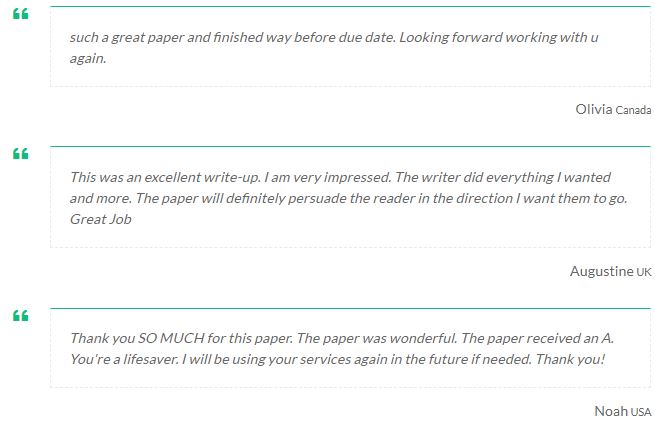[ad_1]
Case Illustration: The Chocolate Moose
Context
Located in Bloomington, Indiana, The Chocolate Moose is an independently owned and operated ice cream shop that began in 1933. The shop is located conveniently in downtown Bloomington, a college town of approximately 50,000 residents. It specializes in homemade soft-serve ice cream and yogurt. The unassuming walk‐up ice cream stand is a cultural landmark for many Bloomingtonians, holding a deep sentimental attachment for long-time residents.
The Chocolate Moose sells its products at a small, leased property, as well as in local grocery stores and restaurants. Committed regulars have kept The Chocolate Moose thriving for years. Even though it has enjoyed over 80 years of success, it’s business is subject to seasonal variation.
In the Spring of 2015, two significant external events became a cause of concern. First, The Chocolate Moose’s landlord informed them that he intended to sell the parcel of land their store and production facility resided on. Secondly, and equally as alarming, the City of Bloomington had just recently announced plans to modernize the downtown area, including widening and repaving the street the store called home. For most of the next three years, the only way to access the parking lot would be on foot. Combined, these two events would inevitably lead to a decline in business, and the owners needed to generate strategic growth recommendations that would avert the end of the iconic ice cream shop in this college town.
Analyzing the strengths and weaknesses of The Chocolate Moose
In order to generate strategic solutions to address their growth concerns, The Chocolate Moose would be well served to begin by completing a SWOT analysis. To illustrate the process of conducting the analysis, let us go through the steps described earlier in the chapter and apply them to the ice cream shop.
Step 1: List and evaluate SWOT elements. In this first step, we look to define the company’s internal strengths and weaknesses and external threats and opportunities. A deeper look at The Chocolate Moose’s current resources reveals strengths in its local brand recognition and customer loyalty built through years of operation in the Bloomington community, along with a finely tuned production process for homemade ice-cream. Physical space limitations imposed by their current location, however, have led to weaknesses in the lack of patronage seating and capacity constraints.
In scanning the external environment, we see there are opportunities for the ice cream to expand geographically by opening a new store locally or in another city, or through distribution channels by exploring partnerships with local wholesalers. The major threats to The Chocolate Moose stem from the changing consumption habits of consumers in search of healthier treats, large retailers offering substitute products at cheaper prices, and the anticipated loss of foot traffic from a pending construction project near its current location.
Step 2: Analyze and rank factors within each category. Armed with a well-structured list of SWOT factors, we turn our attention to ranking each factor based on its relative impact or potential impact on the business. For The Chocolate Moose, with the plethora of store options for local patrons to select from when choosing ice-cream, it truly is the strength of their brand that has the most significant impact on the success of the shop, while the most significant burden is the capacity constraints on production. The most significant threat is the anticipated reduction in foot traffic caused by an anticipated construction project, and the chance to establish more meaningful relationships with local wholesalers represents the most impactful opportunity to the shop’s current business performance.
Step 3: Combine categories to identify actions and options that link internal and external factors. Once we have ranked factors in each category, we then begin to match factors in each quadrant to develop actionable strategies that link internal and external factors. For example, if we leverage the shop’s loyal customer base to expand locally, it is reasonable to propose that The Chocolate Moose either open a new store or pop-up location in Bloomington to meet its local fan base at additional points of purchase.
Step 4: Look at all actions and options and use them to inform overall strategic decisions
The completed analysis presented below is an integrative view of how the ice cream shops’ external environment combines with its resources and capabilities to provide for actionable strategies that can assist the shop in growing its’ business.
Strengths
S1. Brand recognition
S2. Homemade production
S3. Loyal customer base Weaknesses
W1. Limited production capacity
W2. Seasonal store operations
W3. Lack of patronage seating
Opportunities
O1. Develop exclusive products for area retailers
O2. Pursue expansion to additional cities
O3. Expand locally SO Strategies:
1. (S3, O3) Invest in a traveling ice cream shop to position at local events
2. (S2, O1) Develop organic homemade ice cream for local organic foods store
3. (S1, O3) Sponsor little league baseball team in Bloomington to increase awareness WO Strategies:
1. (W2, O2) Pursue market entry in warmer climate
2. (W1, O1) Co-develop ice cream line with local grocer
2. (W3, O3) Expand current store location with customer seating area
Threats
T1. Year -long city street construction
T2. Volume discounts offered by national brands
T3. Consumer trend towards healthier options ST Strategies:
1. (T1, S3) Place signage on street to alert passersby.
2. (T3, S2) Develop low-fat, low-sugar homemade ice-cream offerings
WT Strategies:
1. (T1, W2) Offer promotions during winter months to drive volume off peak
2. (T2, W2) Advertise limited availability to increase customer willingness to pay
Note: The numbers following each strategic action reflect the interrelationship between identified prioritized factors in the development of a particular strategy.
Using insights generated from the SWOT analysis, it is clear that the shop would be well served to expand its retail footprint by adding both a new storefront and mobile food truck. The strength of The Chocolate Moose brand is being held back solely by constraints in production and distribution capabilities, and any excess capacity generated by the new store location could easily be consumed by bringing The Chocolate Moose product closer to the customer at one of Bloomington’s many outdoor summertime events.
To deliver on this strategic choice, The Chocolate Moose did indeed choose to locate a second store in the downtown area of the neighboring community of Nashville, Indiana. The two stores were a mere 20 miles apart, and the strength of the brand translated easily to the new location. Within week of opening, sales in the second location rivaled the flagship store back in Bloomington.
Additionally, The Chocolate Moose became founders of a social gathering called ‘Food Truck Fridays’. Every Friday, from April to October, Bloomingtonians now gather at lunch time to enjoy the best local mobile food vendors along with great live music, airbrush tattoos, and of course, The Chocolate Moose’s signature homemade ice cream. Within a season of opening the second store and initiating mobile truck service, The Chocolate Moose had secured its future, and remains a fixture in the local Bloomington community.
References
[ad_2]


